The Acropolis in Athens has been on our bucket list for years and it was so surreal to finally be there in person visiting the ruins of ancient Greece.
An Acropolis refers to the fortified part of an ancient Greek city that is usually located on a hill and houses a complex of important buildings.
Most Greek cities had an Acropolis, but the Acropolis in Athens is the most famous as it is the home of the Parthenon.
While the Parthenon is the main highlight, keep reading to discover other fascinating sites at the Acropolis that you won’t want to miss! See the map at the end of the guide for each location.
*This post contains affiliate links. If you book a guide through the link provided, we will earn a small commission at no extra cost to you. Thank you for your support!
8 Things Not to Miss at the Acropolis in Athens
Table of Contents
- Map of the Acropolis:
- Odeon of Herodes Atticus
- The Beulé Gate
- The Propylaea
- Temple of Athena Nike
- The Parthenon
- The Erechtheion
- Porch of the Maidens
- The Belvedere
Map of the Acropolis:
Odeon of Herodes Atticus
Before visiting the Acropolis, you’ll want to purchase tickets in advance. You can choose to purchase an entry ticket and explore on your own where you’ll find informational signs posted at each site chronicling the history.
However, for a more immersive experience, I would recommend reserving tickets that include a self-guided audio tour or making reservations for a guided tour with a licensed archaeologist.
We did the guided tour and it was phenomenal! Our guide made the history come to life and it truly was a memorable experience.
After parking in the main lot, the first structure you’ll come to is the Odeon of Herodes Atticus. This well-preserved stone amphitheater sits on the southern slope of the Acropolis outside the main gate.
It doesn’t seem like much from the front, but if you take the short walk up the hill, the view from the top is breathtaking.
I love seeing the contrast of the ancient ruins set against the backdrop of the modern city of Athens.
This open-air theater was built in 161 AD by Herodes Atticus, a Roman senator and celebrated orator. He built it in memory of his wife, Regilla.
The theater was once a vibrant cultural hub that hosted musical performances, festivals, Greek tragedies, comedies, poetry readings, and theatrical productions.
The Odeon of Herodes Atticus is renowned for its exceptional acoustics and the venue still hosts concerts and performances today. Click the link for the events calendar.
The Beulé Gate
As you make your way up toward the Acropolis, you’ll be greeted by the Beulé Gate which stands as an entrance gate into the Acropolis.
This Doric-style gate was part of the original Roman defensive wall built in the 3rd century. An inscription found on the gate led archaeologists to believe that it was funded and dedicated to the city by Flavius Septimus Marcellinus, a wealthy Roman.
Today, the gate is named in honor of French archaeologist Charles Ernest Beulé who excavated the gate and the stairs of the Propylaia in 1852.
The Propylaea
After entering through the Beulé gate, you’ll come to the Propylaea. This elaborate columned staircase and monumental gateway served as the main entrance of the Acropolis.
It welcomed visitors and important dignitaries into the sacred religious and cultural heart of ancient Athens. The Propylaea also held religious processions and political ceremonies.
In addition to the stairs, it also housed a central hall known as the Pinakothek, where paintings and artwork were displayed.
Construction of the Propylaea began around 437 BC as part of Pericles’ ambitious building program to beautify Athens and its Acropolis.
The Propylaea was never completely finished as construction was interrupted by the outbreak of the Peloponnesian War.
However, its imposing structure and grandeur symbolized Athens’ power, wealth, and cultural achievements during the city’s golden age in the 5th century BC.
Temple of Athena Nike
As you make your way up the steps of the Propylaea, you can spot the Temple of Athena Nike on the right.
It is a fairly small temple dedicated to Athena Nike, the goddess of victory. My boys especially loved this temple because this is the same goddess for which the popular sports brand has been named.
The temple once housed a statue of Athena Nike depicted with wings to symbolize swift victory.
It served as a place to worship and submit offerings to Athena Nike to gain her favor so Athens would always stay victorious.
The temple was built around 420 BCE during the Classical period of ancient Greece. You’ll notice a more Ionic approach with decorative slender columns compared to the heavy columns of the earlier Doric style. The temple’s lead architect is believed to be Callicrates, one of the architects who also worked on the Parthenon.
One of the most famous features of the temple is the Nike Parapet, a decorative frieze depicting various scenes related to victory and warfare.
The frieze is a band of sculpted pictures across the top of the exterior of the temple that usually tells a story. The frieze you see on the temple today is just a replica, the original can be found at the Acropolis Museum.
The Parthenon
Once you exit the Propylaea, you will catch your first glimpse of the Parthenon, the crowning jewel of the Acropolis.
When we visited, my boys had just finished studying ancient Greece in school and it was incredible to be standing in the shadow of this iconic almost 2,500-year-old structure in person!
The Parthenon was dedicated to the goddess Athena and is the most recognizable and enduring symbol of ancient Greece.
It was built in 447 BC under the supervision of renowned architects Ictinus and Callicrtes and the famed sculptor Phidias.
At the time, it was the largest and most elaborate temple ever built in Greece at over 23,000 square feet. It featured 46 34-foot tall Doric columns and intricate friezes depicting mythological scenes.
The primary purpose of the Parthenon was to house a colossal statue of Athena Parthenos sculpted by Phidias and made of ivory and gold.
The temple also served as a treasury for Athens’ wealth and a symbol of the city’s power and cultural achievements.
Over the centuries, the Parthenon was used for other purposes, including being converted into a Christian church in the 6th century AD and later serving as a mosque during the Ottoman period.
The Parthenon has endured centuries of natural disasters, wars, and human intervention, including damage caused by explosions during the Venetian siege of Athens in the 17th century. Extensive restoration and conservation efforts are still ongoing to preserve its remaining architectural elements.
The Parthenon is often seen as a symbol of democracy, philosophy, and the artistic legacy of ancient Greece. It has been designated as a UNESCO World Heritage Site, along with the Acropolis as a whole.
The Erechtheion
The Erechtheion is located across from the Parthenon and was built between 421 and 406 BC to replace an earlier temple destroyed by the Persians in 480 BC.
It was originally built as a temple to worship multiple deities, including Athena Polias, Poseidon, and Erechtheus (a mythical king of Athens).
It housed various shrines and chambers with sacred objects dedicated to the different deities.
This included the ancient wooden statue of Athena Polias, the sacred olive tree said to have been gifted by Athena, and a saltwater well associated with Poseidon’s mythological connection to Athens.
The Athenians considered it one of the most sacred buildings in the Acropolis. It was later used as a Christian basilica and even a harem for a Turkish commander.
Porch of the Maidens
One of the Erechtheion’s most famous features is its south porch. Instead of traditional columns, the roof is supported by six intricately sculpted female figures known as Caryatid statues.
These graceful female figures stand as iconic symbols of the idealized beauty and strength of women in Greek mythology and society.
They also embody virtues such as resilience, endurance, and support.
The Porch of the Maidens served as an entrance to the temple and was also a prominent part of the architectural design, showcasing the artistic and engineering skills of the ancient Greeks.
The Caryatids at the temple are only replicas. Five of the originals can be found at the Acropolis Museum and the sixth Caryatid is on display at the British Museum in London.
The Belvedere
The Belvedere is located at the far end of the Acropolis and is believed to have been a strategic vantage point used for defense by ancient Athenians.
It is perched at the top of the Acropolis and allowed them to keep watch over the surrounding city, including the Agora marketplace, residential areas, and the port of Piraeus.
Today, you’ll find an observation deck with sweeping panoramic views of Athens. I couldn’t believe just how big the city is!
Athens is home to approximately 5 million people, which is almost half the entire population of Greece. Buildings and homes cover the landscape in all directions for as far as the eye can see.
If you look straight ahead you can see Mount Pentelicus in the distance. This is where about 400,000 tons of marble was excavated and carried by mule to the Acropolis to construct many of the buildings.
You can also spot the 16 remaining columns of the Temple of Olympian Zeus and the reconstructed Panathenaic Stadium where the first Olympic Games were held.
There is also a historic flagpole at the Belvedere, and if you happen to visit on a Sunday you will be in for a treat. Every Sunday at sunrise, a flag-raising processional and ceremony is led by the Evzones, the elite presidential guards. The flag is then taken down at sunset.
Ephesus is another fascinating archaeological site to visit in the Mediterranean. If Kusadasi, Turkey is one of your ports of call on a Mediterranean cruise, don’t miss our Guide to Visiting the Ephesus Ruins.
[convertkit form=3250084]
Tips for visiting the Acropolis:
- Purchase tickets in advance for a designated time slot. You can enter the grounds up to 15 minutes before your ticket time and stay as long as you like.
- This site gets extremely crowded, try to reserve the earliest ticket time available or plan to go later in the afternoon.
- The Dionysus Theater entrance is a side entrance that is much less crowded than the main entrance. It’s a great way to avoid the crowds and have the chance to visit another ancient ruin.
- The Acropolis Museum is located off-site and there is an additional charge to visit, but it is worth it if you have the time. It is filled with artifacts and statues recovered from the Acropolis.
- If possible, try to avoid visiting in the summer. The site has little shade and can get extremely hot and crowded during the summer months.
I hope this guide will help you plan your visit to the Acropolis in Athens! And if you are taking a Mediterranean cruise and Sicily is one of your stops, you won’t want to miss these guides:
- 8 Cool Things to See in Taormina
- The Best Things to Do in Palma de Mallorca
- 10-Day Mediterranean Cruise Itinerary
- 6 Best Things to Do in Chania, Crete
CLICK THE BUTTON TO DOWNLOAD AND PRINT THIS GUIDE:
Pin it for later:
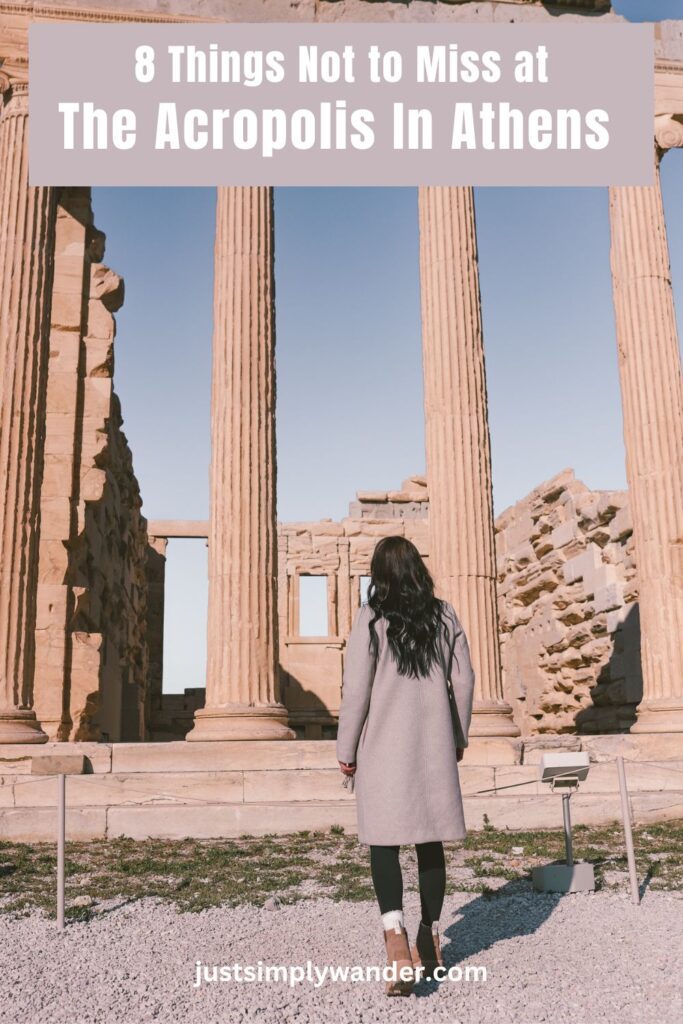
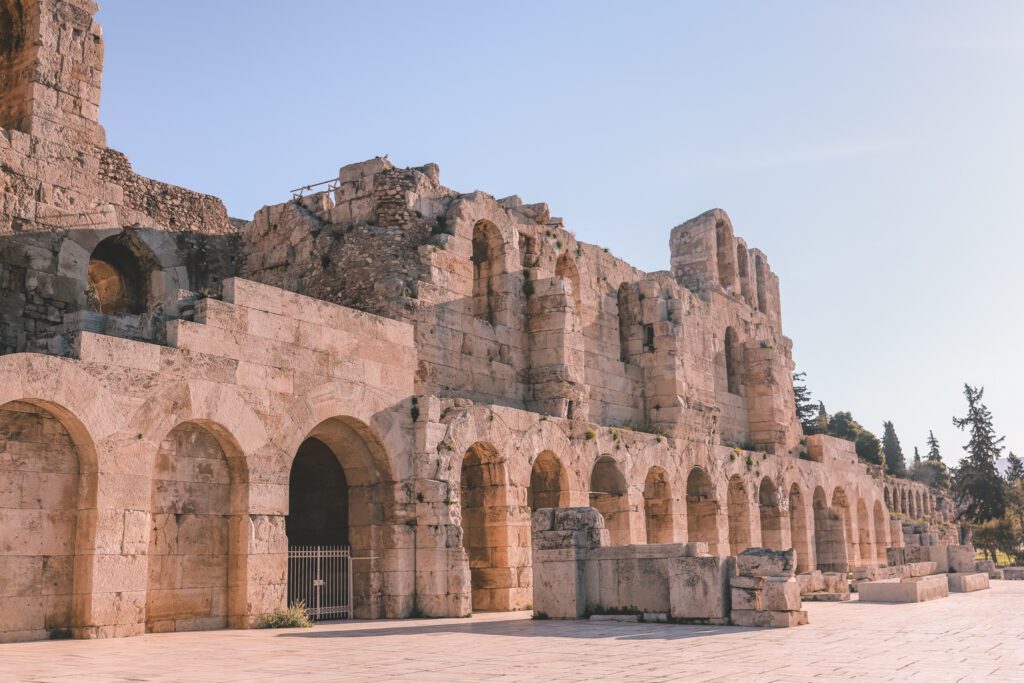
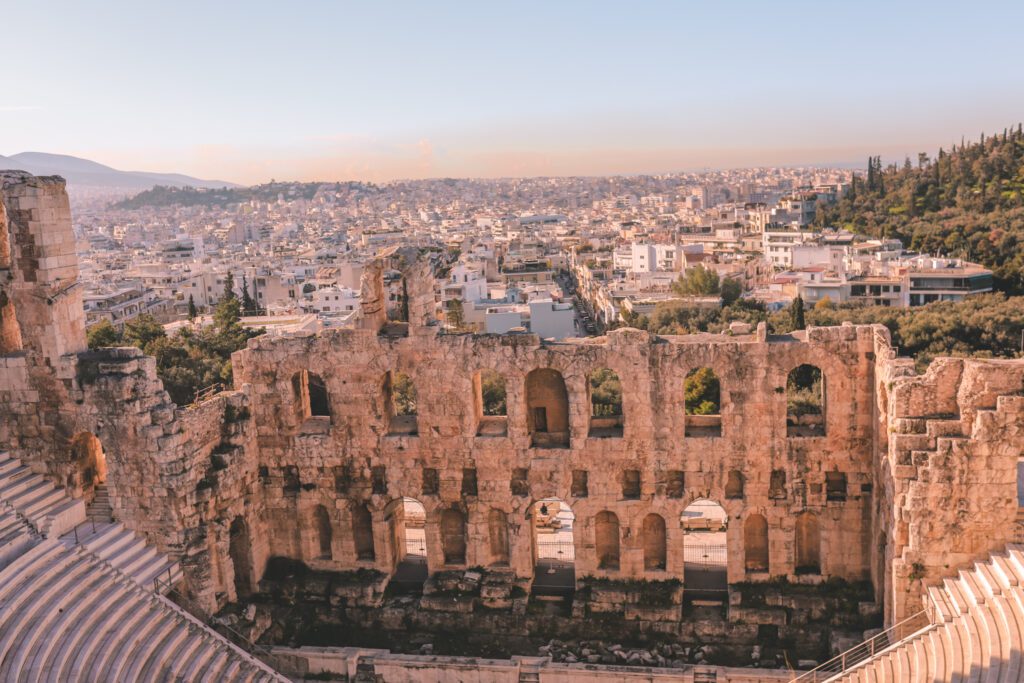
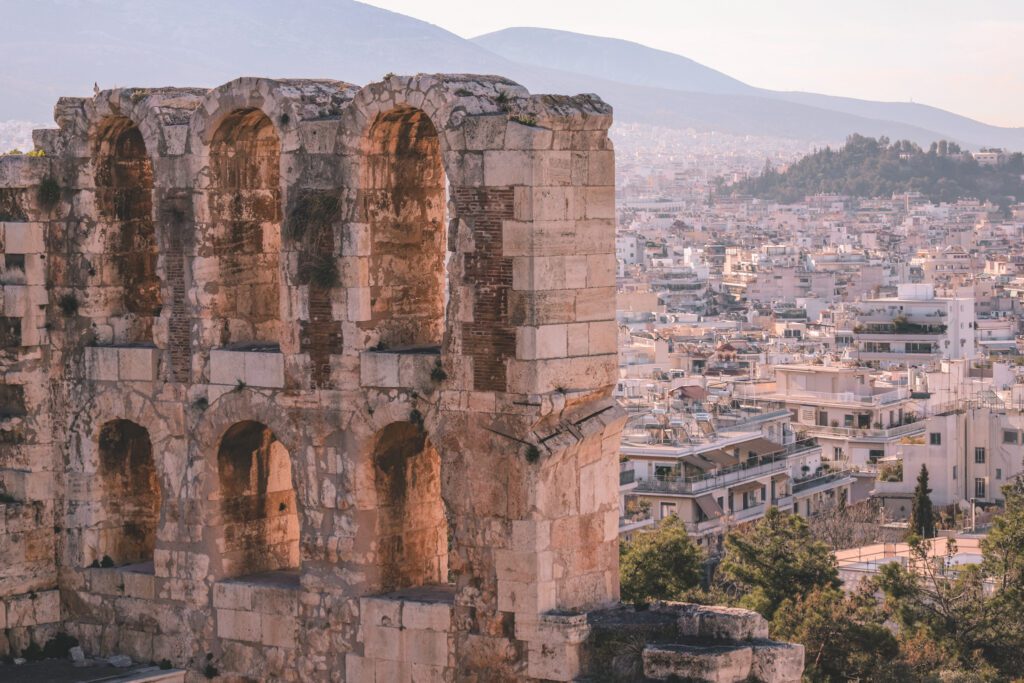
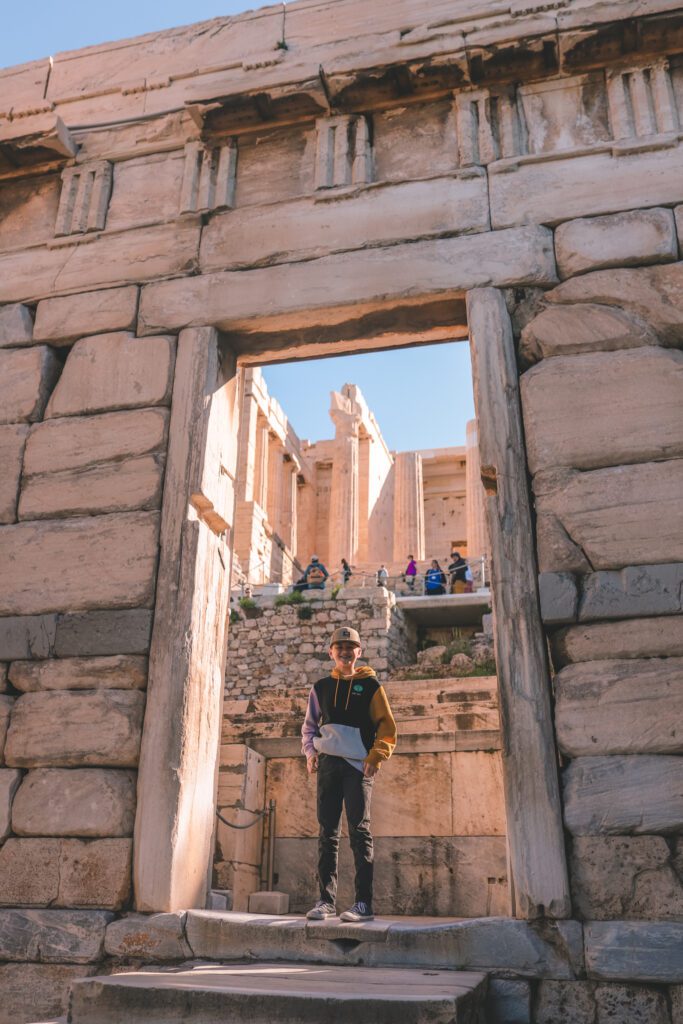
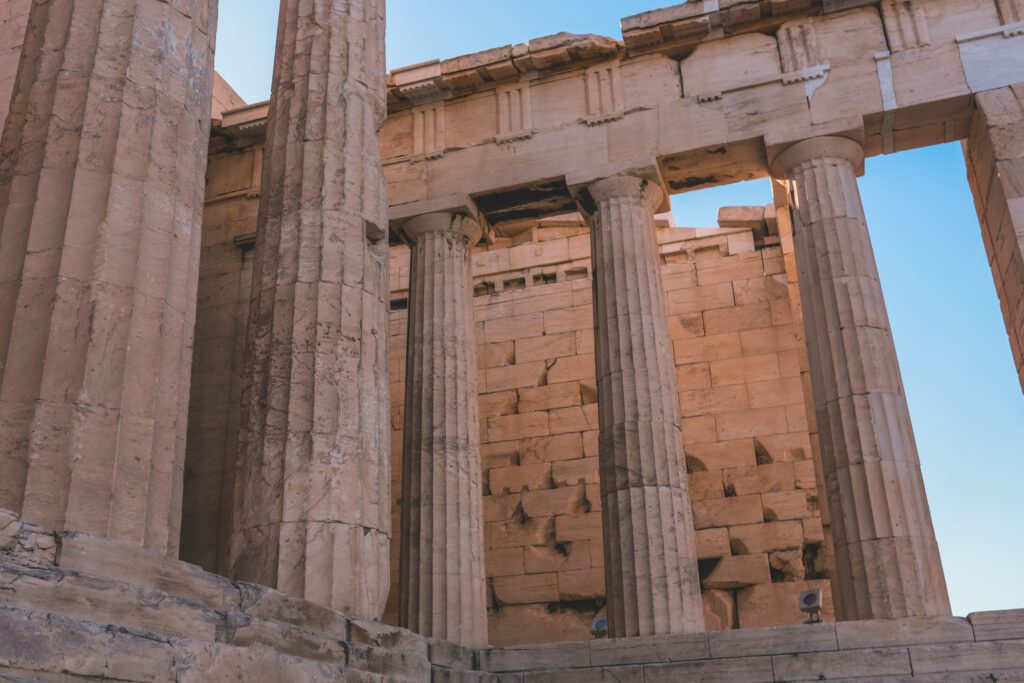
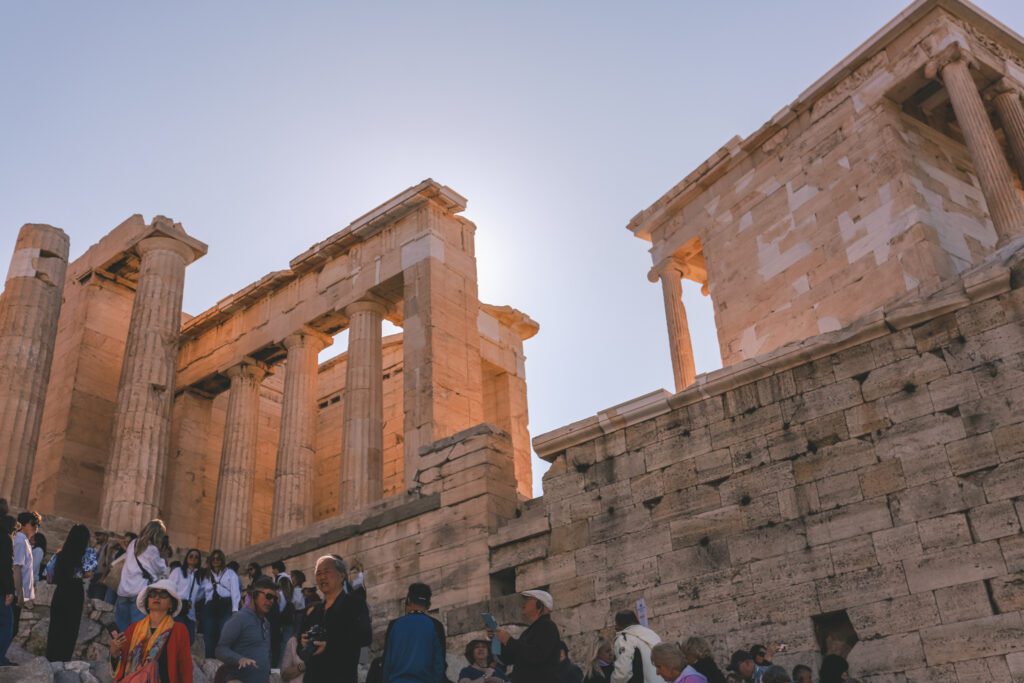
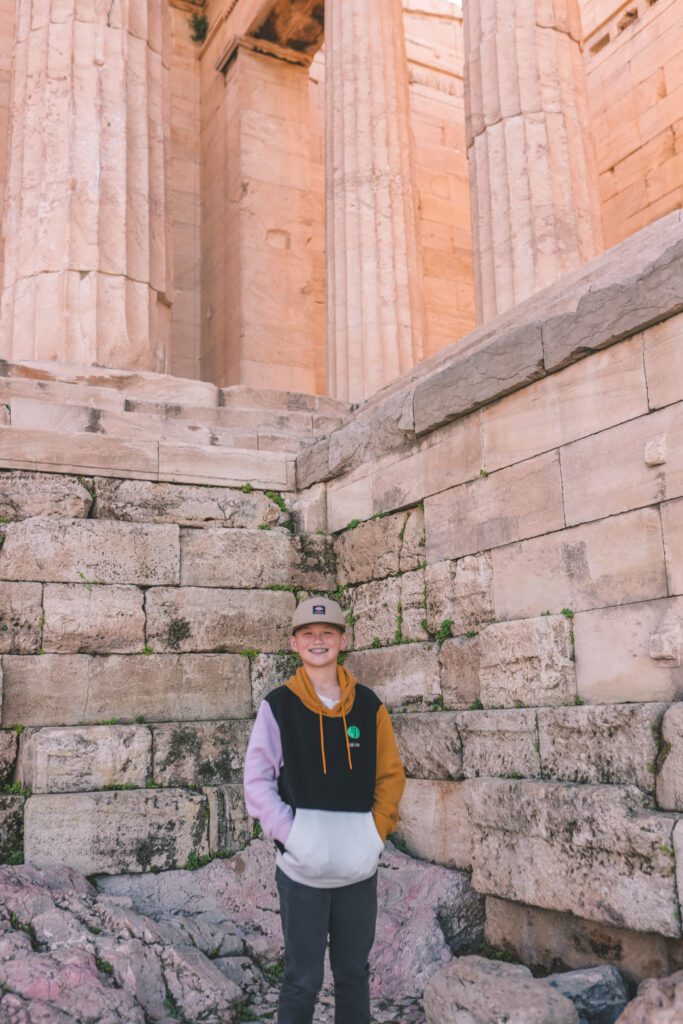
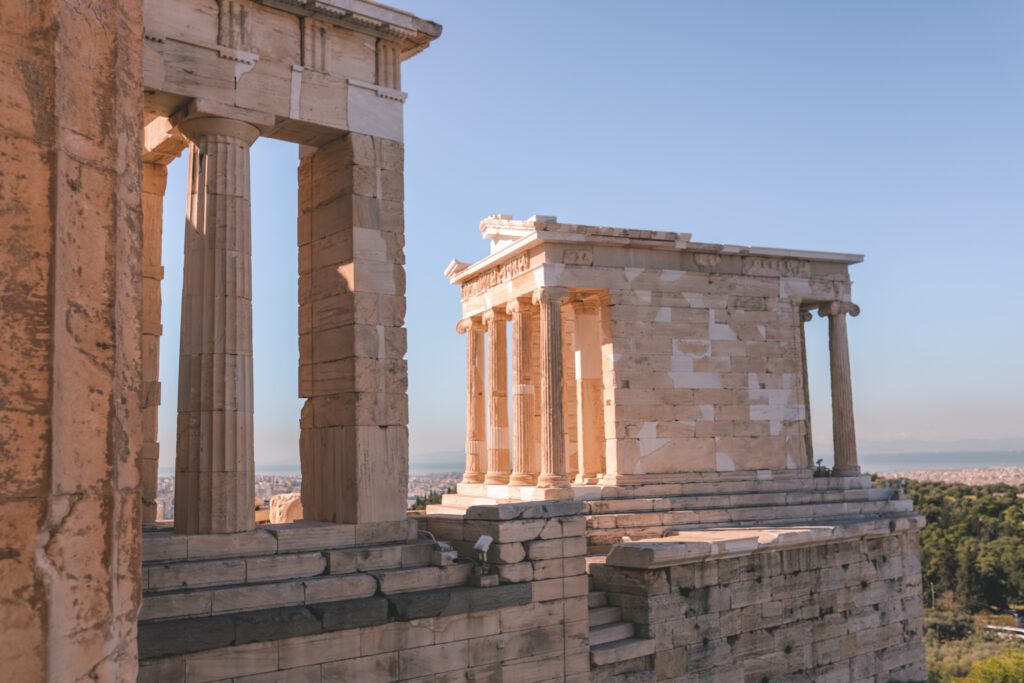
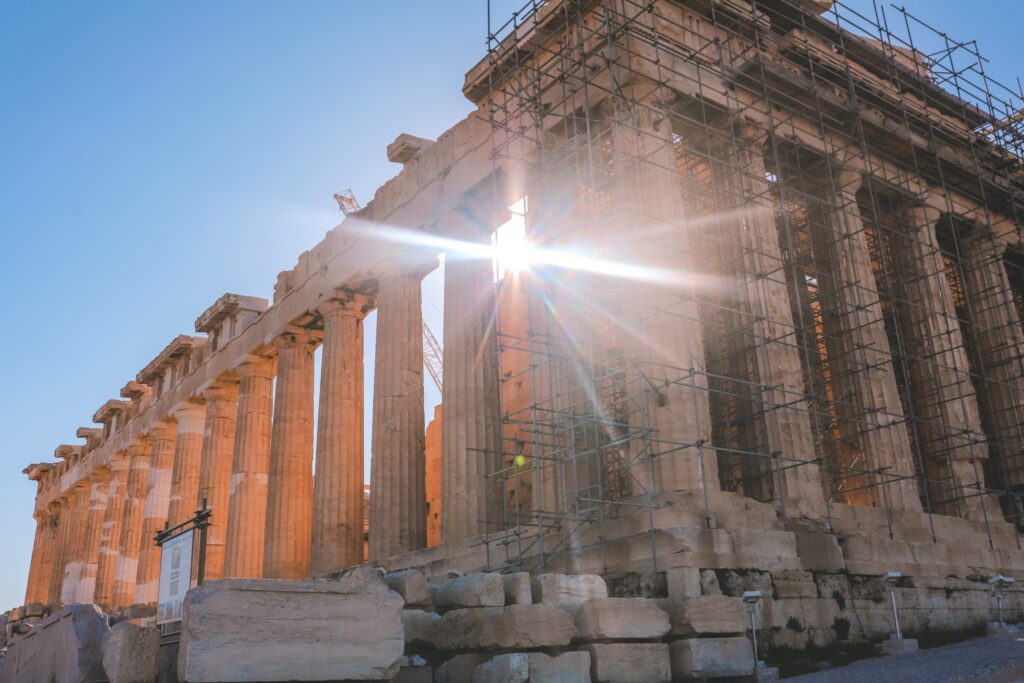
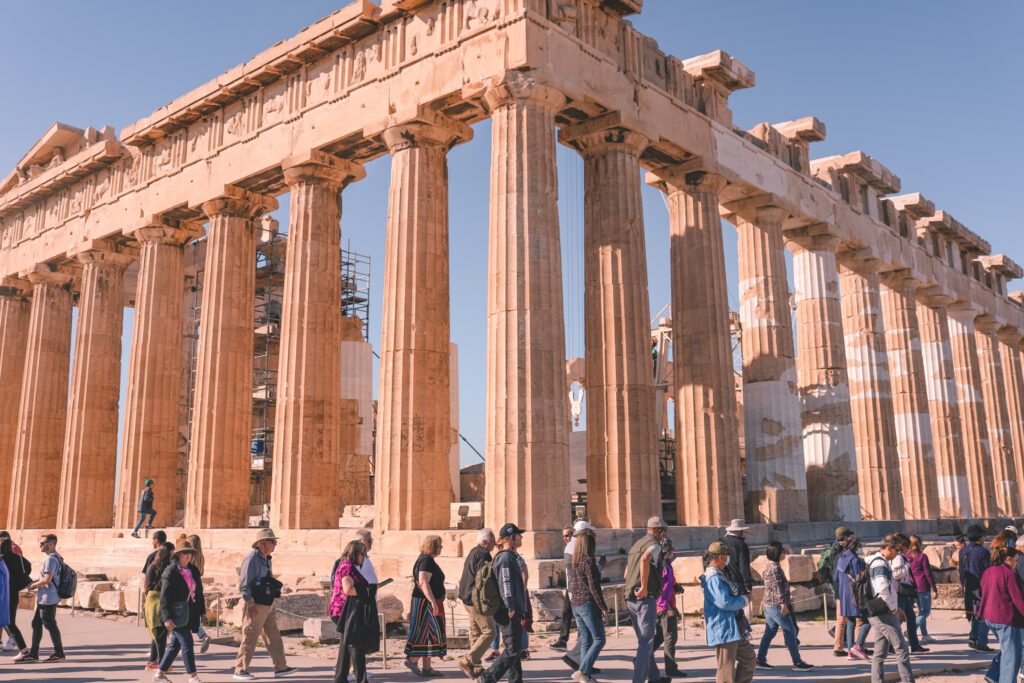
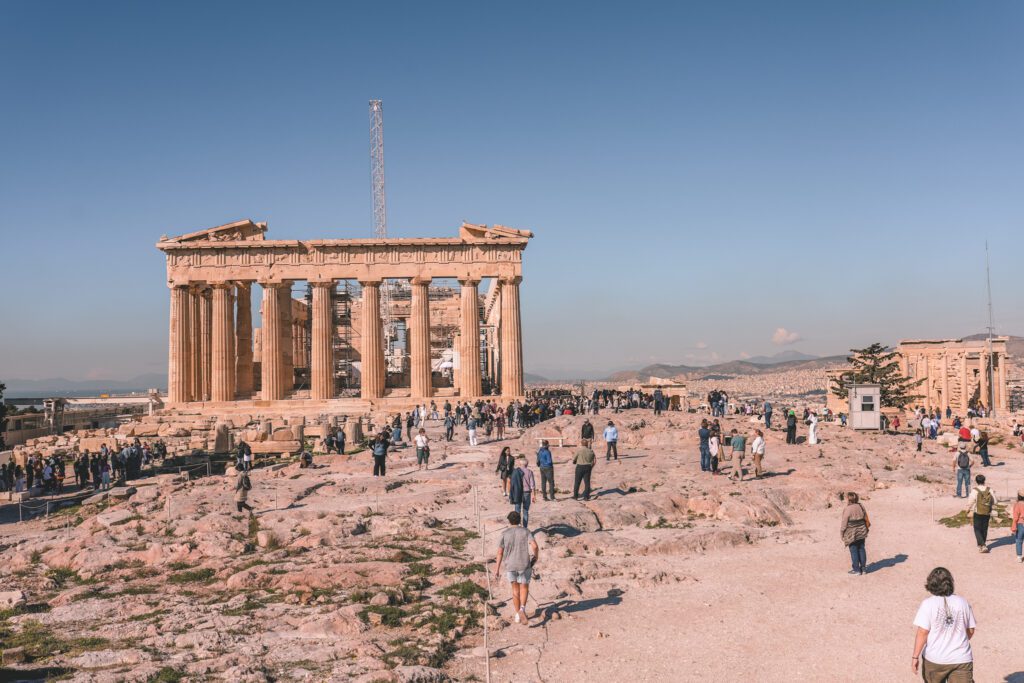

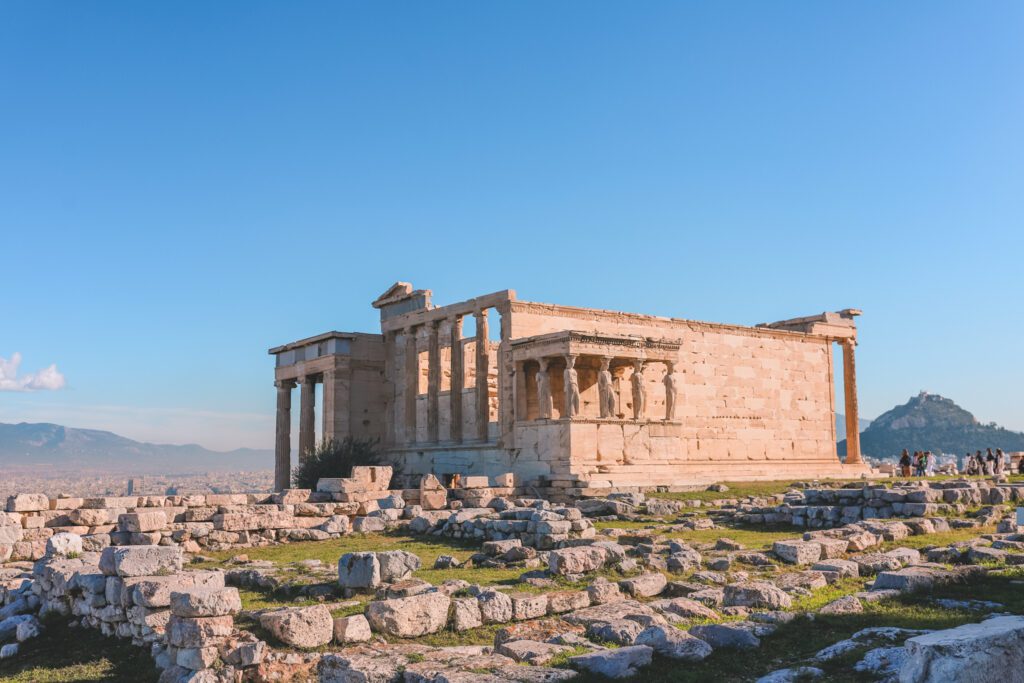
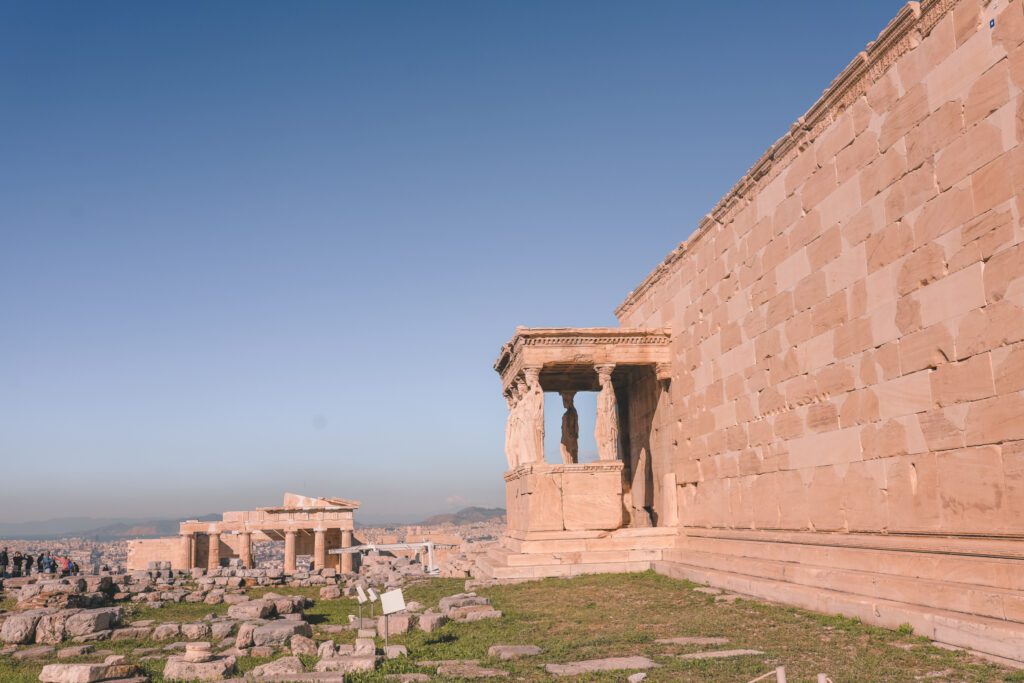
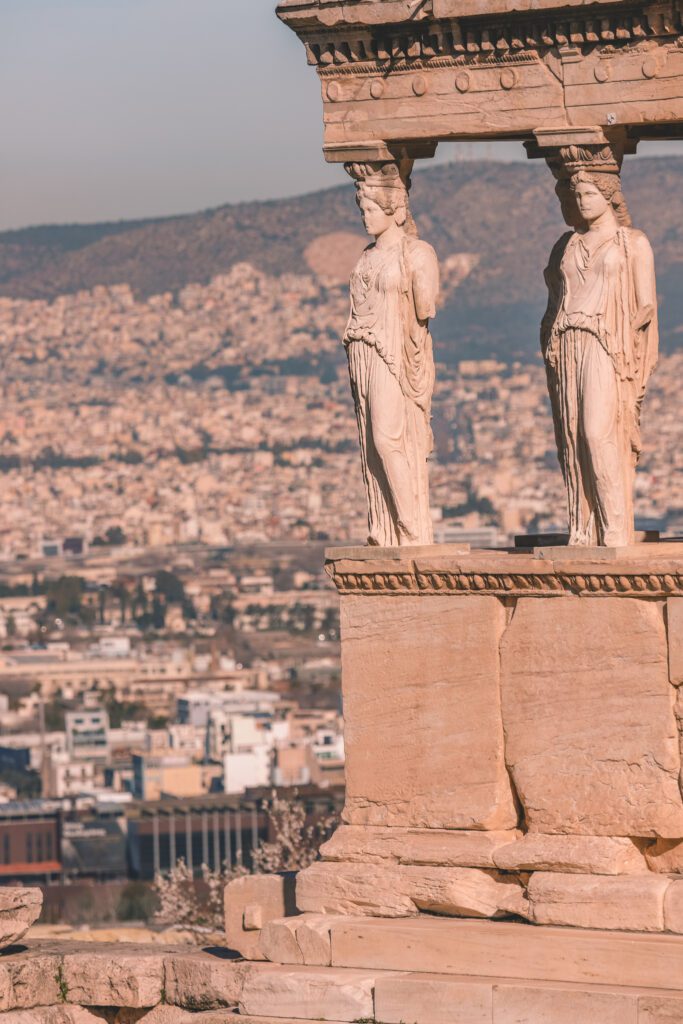
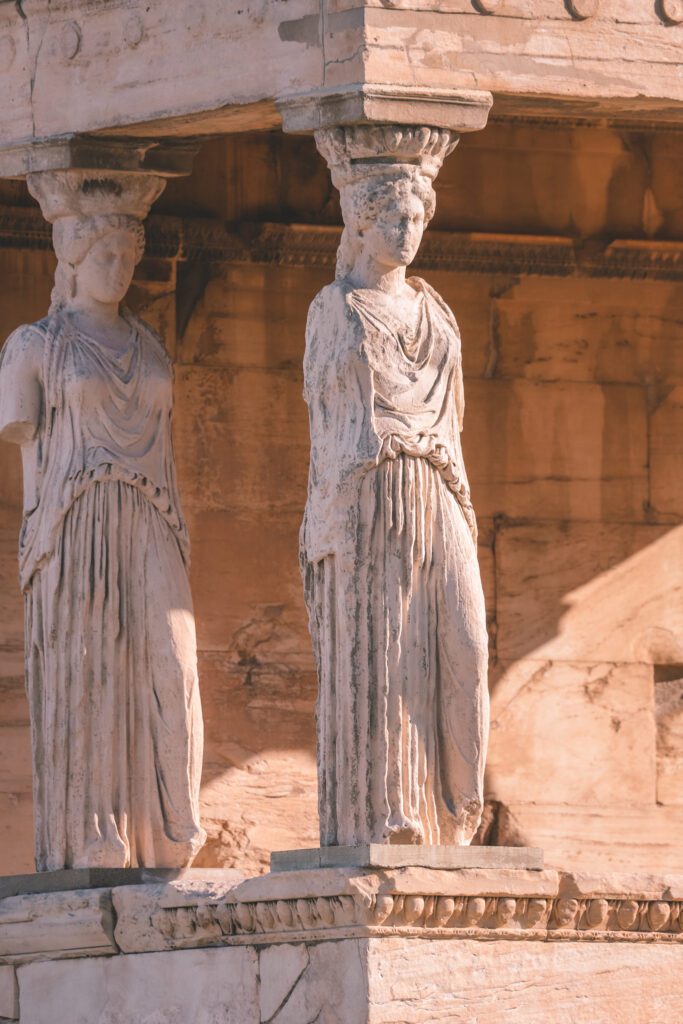
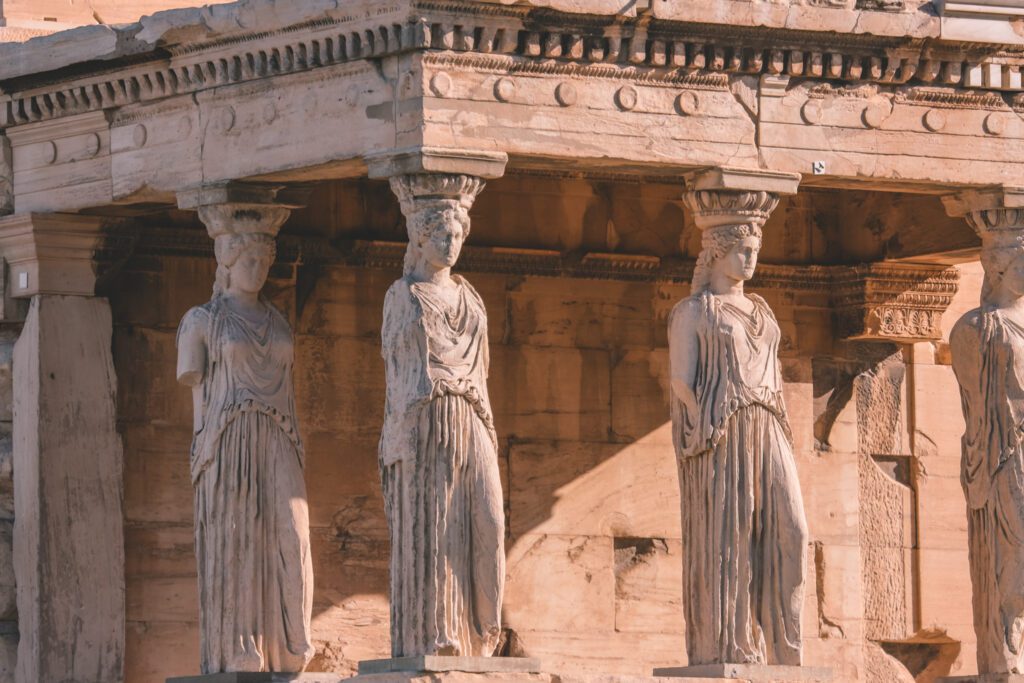
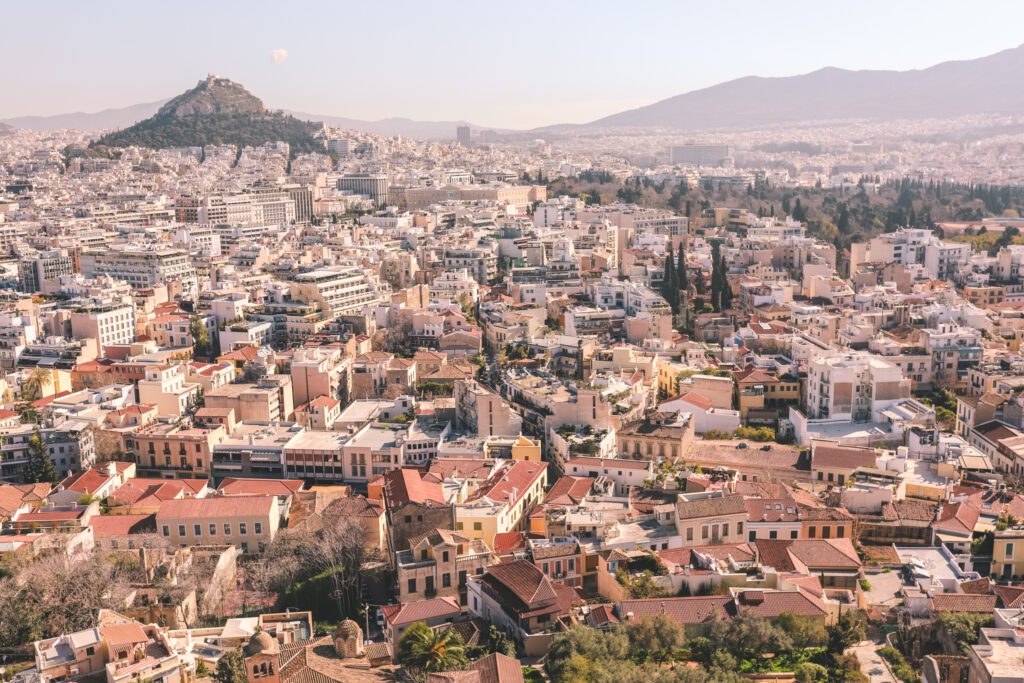
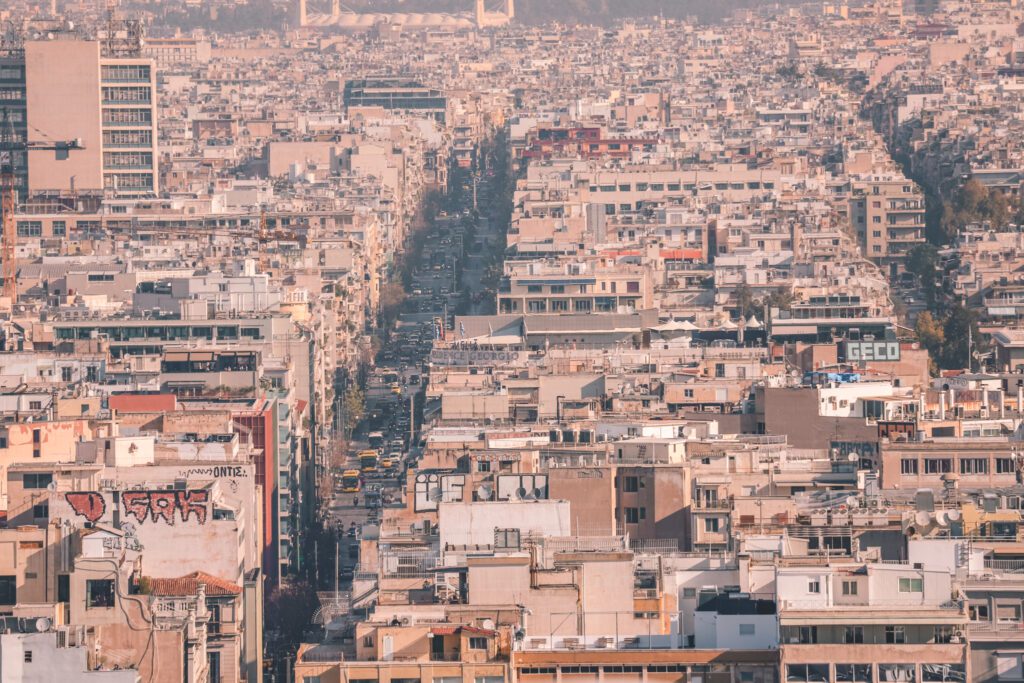
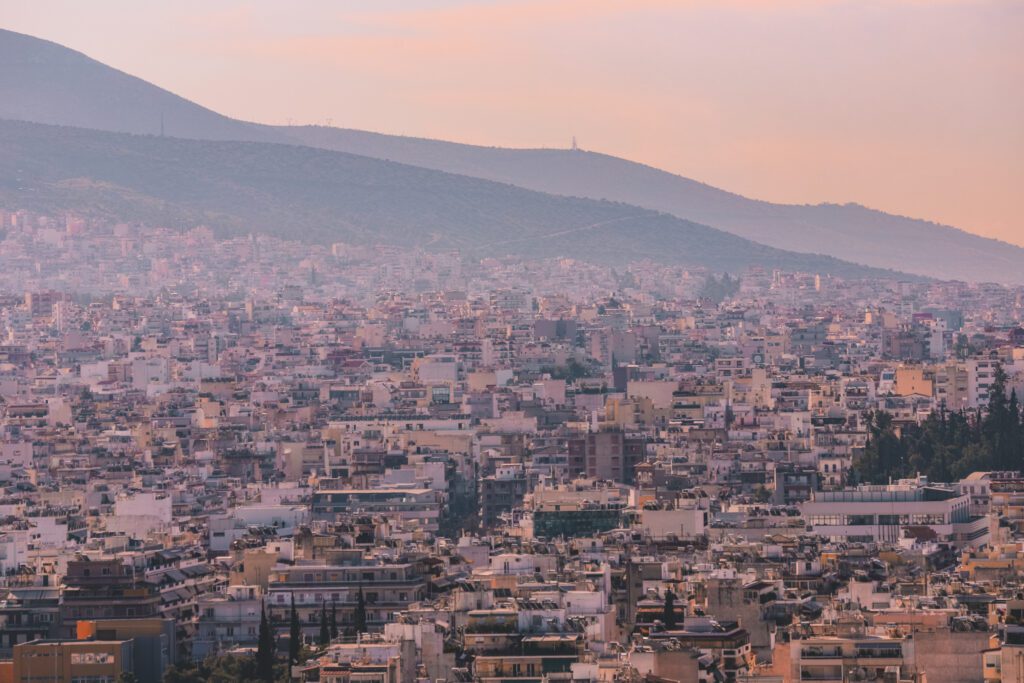


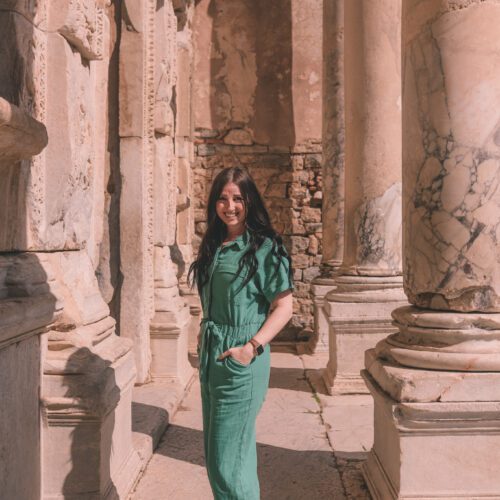

Leave a Reply